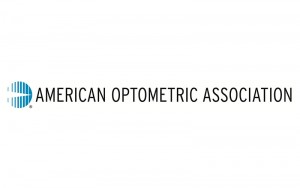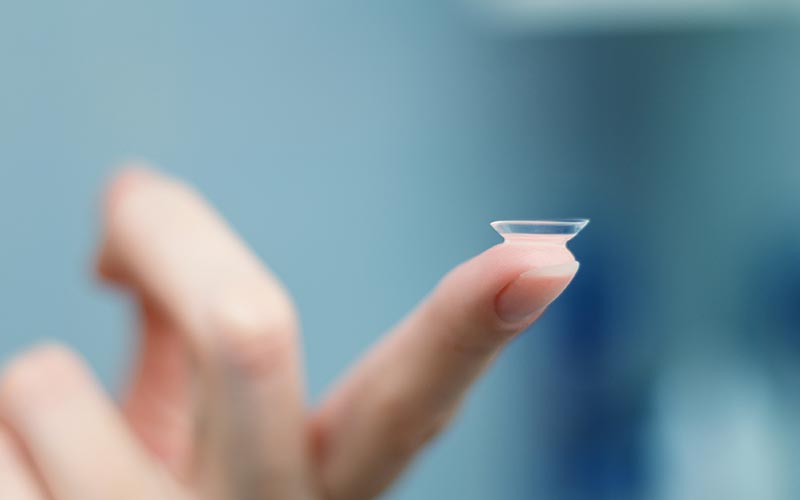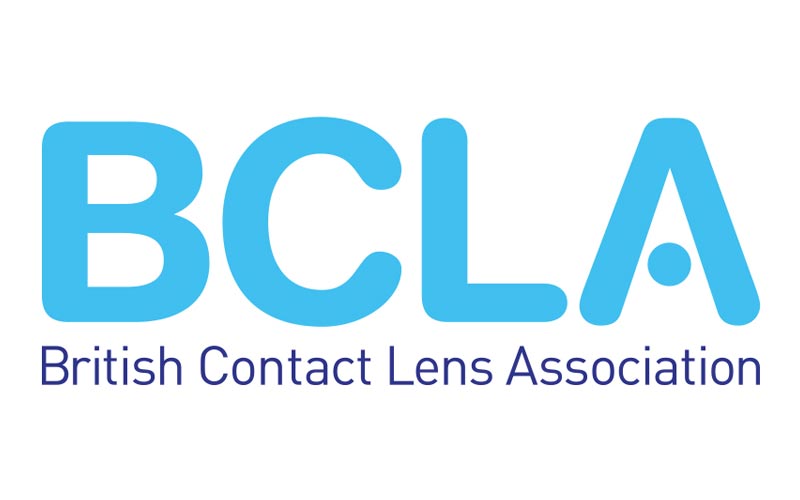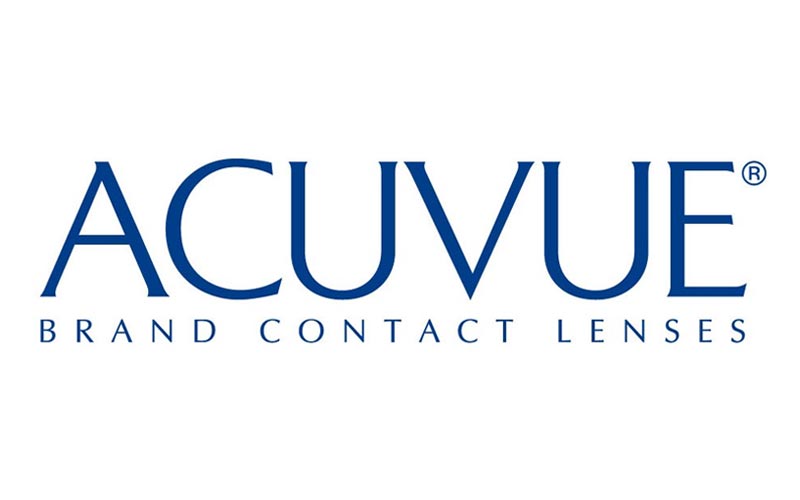Brought to you by the American Optometric Association:
The advances in contact lens technology in recent years have given people a great latitude of freedom – and indeed comfort.
Today, almost all eye corrections can be done with contact lenses – so it is no surprise that more and more eye care professionals are recommending their use to a wide variety of patients.
But unlike glasses, contact lenses need special care to retain their efficiency. This article is aimed at giving you a background on contact lens care so that you can get the most out of your contact lenses.
Let’s start with a quick look at the eye
In people with normal vision (emmetropia), images in the form of light waves are bent (refracted) as they pass throught the cornea and the crystalline lens before they focus on the retina.
The corenea contributes about 75% of the refractive power and the crystalline lens 25%. It is the crystalline lens, which is situated behind the iris, that changes shape as the eye focuses between near and far objects – this variable focus of the lens is called accommodation.
What are the most common eye conditions that require correction?
- Nearsightedness or Myopia
In this condition, the light is focused in front of the retinal making close images sharp, but distant ones blurred. - Farsightedness or Hyperopia
Here the light focuses behind the retina, making distant objects sharp and close ones blurred. - Presbyopia
A general weakening of the eye muscle caused by the natural ageing process – people experience difficulty in reading.
Astimatism
As a result of an irregular shaped cornea, light focuses on two different spots making images distorted.
Types of Contact lenses
There are essentially two types of lenses, Hard (RGP) and Soft. Soft lenses consist of Conventional lenses (usually worn for a year) and Disposable lenses (worn either daily, weekly or monthly)
How do corrective lenses work?
To correct the problems of vision, lenses are manufactured to adjust the light waves so they focus optimally with the retina.
A lens that is thinner in the centre than on the edge is called a minus or negative lens and is used for nearsightedness.
A plus lens, which is thicker in the middle, is used for farsightedness.
Some lenses, such as the toric lens used to correct astigmatism, are extremely complex in that they have to bend light rays at different angles.
How do corrective lenses work?
brought to you by Bausch & Lomb:
- Healthy eyes are essential for good sight. Don’t put this at risk through neglect. Always wash, rinse and dry hands thoroughly befor handling contact lenses.
- Three daily steps are to be followed – Cleaning, Rinsing and Disinfecting
- Clean the lens case every week and replace every six months.
- Insert contact lenses before applying make-up. Using oil-free make-up and fibre-free mascaras minimise the risk of deposits on the lenses.
- Check the preservatives in eyedrops or ointments before wearing contact lenses.
- Tap water may be used to rinse rigid lenses prior to the disinfecting step, but should not be used immediately prior to lens insertion. The use of saline as a rinsing agent is however preferred.
- Tap water must never be used in conjunction with soft lenses.
- Products should never be mixed – Hards and Softs.
- Contact lens wearers should consult their eye-care professional should they experience any problems.









